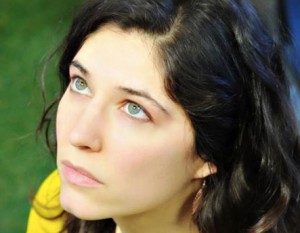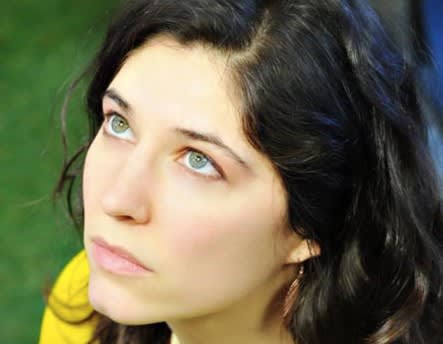Jew in the City has the full story:

Like most people on planet earth, I’ve known who Howard Stern is for years, though, I’ve never really listened to his show or watched more than an occasional clip of “America’s Got Talent.” Then my friend Mayim Bialik was interviewed on his radio show last year and, of course, I had to hear it. What struck me most about their conversation was Mayim explaining Jewish ideas to Howard – like mikvah and modesty – publicizing these mitzvos to millions of his listeners. Howard challenged Mayim, wanting to know why she covers up so much – unlike most actresses in Hollywood – and Mayim explained that her body belongs to her, not Hollywood. Apparently, Howard was so struck by this idea that the next morning when he started his show he referenced it.
Howard Stern didn’t cross my mind again until a couple months ago, when I stumbled upon a poet whose work is featured in the LA Jewish Journal. A line in one of her poems jumped out at me “Why in the world why in the heavens when God says find a mate, Adam never stops to say, You, God. Us. ” It was so profound, I wanted to hear more. So I started clicking through to read more of her work and as I read, I got to an article which explained who her dad was. I was fascinated! Howard Stern’s daughter became an Orthodox Jew?! I reached out to her, we had a wonderful coffee meeting and told her I’d love to share her story and her art with the world.
Emily grew up Reform and “really did love it.” She sang in the choir, was close with the cantor, and always felt a connection with Judasim. But the ritual element was always missing. In her search to find a community that resonated with her, she stumbled upon Orthodoxy. She started out in the theater community majoring in theater at NYU, then at the age of 23, she randomly walked into a havdalah ceremony, hosted by the organization Romemu, in a yoga studio one Saturday evening. She had never seen a ritual that related to the world in such a grounded way. After that night in the yoga studio she found two ways of expressing her soul in the world authentically: by relating to matter through halacha, and infusing Judaism into her art. Inspired by the language of Torah, and wanting her writing to speak the same language, Emily joined an art fellowship at Drisha Institue (a seminary for Jewish education on the Upper West Side) and wrote a play there. While at Drisha she was lead to study at Nishmat, which is a center for advanced Torah study for women, in Israel.
Read the full article here.
The words of this author reflect his/her own opinions and do not necessarily represent the official position of the Orthodox Union.

